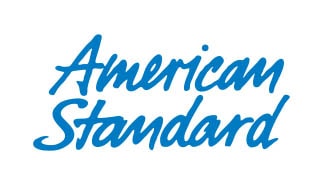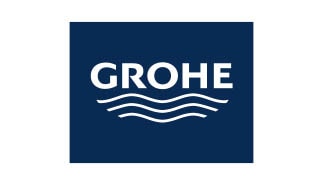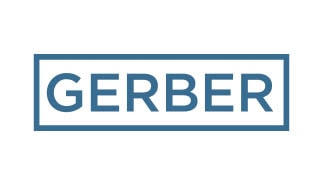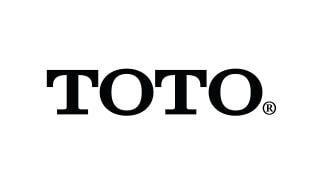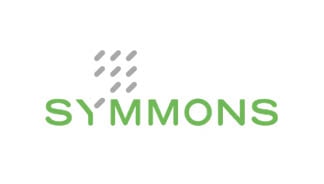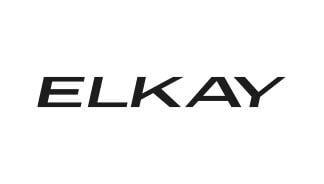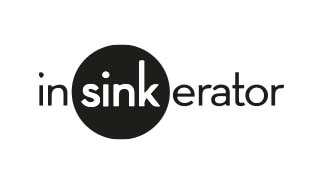Published on
July 29th, 2021Learning About DEP’s Green Stormwater Incentive Program
Anyone living in New York City this summer has certainly felt the effects of climate change and knows about the city’s struggle to handle stormwater from severe weather events. Tropical Storm Elsa hit the five boroughs hard in early July, driving home the need for a greener approach to stormwater management. Fortunately, the city’s Department of Environmental Protection (DEP) is launching a new green stormwater incentive program for private property owners. Here are all the details and what you can expect in the months to come if you are a landlord or property manager.
The Growing Problem of Stormwater in New York City
Impervious surfaces versus increased extreme weather
If you somehow hadn’t noticed the increasing problem New York City has been experiencing as a result of climate change, the first week of July surely changed that. Tropical Storm Elsa came charging up the East Coast, bringing with it intense rainfall that deluged the city in a few short hours.
The news abounded with images of flooded subway stations, main thoroughfares, and low-lying private homes and businesses. Motorists had to be rescued by police and firefighters from rising waters, and some people traversed waist-deep rivers of rain in their daily commutes.
The flooding wasn’t a mere inconvenience for those out and about when the storm hit; it presented health and safety hazards for all involved due to live electrical wires and bacterial contamination. Of course, properties invaded by stormwater will endure long-term damage and high reparation costs, as well.
It was only a matter of time before an event like Elsa demonstrated one of New York City’s greatest environmental problems: little to no management of stormwater, whether from heavy rainfall or surges from high tides. The city is primarily covered by impervious surfaces, like asphalt, concrete, and cement. As a result, excess water has nowhere to drain, leaving it to follow the natural path of gravity and ultimately fill streets and public transit.
As climate change ushers in more extreme weather events, the problem of rogue stormwater is only expected to get worse. Enter New York City’s Department of Environmental Protection and its new initiative to manage the crisis. Without this intervention, the city would be subject to the risk of waterway contamination from pollution, sewer system overwhelm, and further wear and tear on already taxed infrastructure, such as roads, tunnels, and bridges. Property insurance for residents in certain areas would become prohibitively expensive.
The DEP’s Green Stormwater Incentive Program
Alternative management of stormwater
The DEP’s green stormwater incentive program certainly couldn’t have been launched at a better time. Together with the engineering firm Arcadis, the department is implementing a $53 million contract across all five boroughs to help private property owners better manage stormwater. It is the largest program of its kind in the region.
So far, DEP has constructed more than 10,000 green installations on private property to channel stormwater more appropriately, but the new initiative takes this to a completely different level. The Department of Environmental Protection will be coming to the door of larger private properties of 50,000 square feet or more throughout the city, offering funding and assistance to upgrade drainage and reduce catastrophic stormwater runoff, like what locals saw with Elsa.
The initiative is a win-win for both the city and for private property owners, and it will hopefully serve as a model nationwide and globally, as people feel more urgency to create sustainable urban lifestyles that can adapt to climate change. In fact, some of the elements of the DEP program may actually help reverse certain global warming negatives by increasing natural spaces and encouraging beneficial species that have been driven away in recent years.
What You as a Property Owner in NYC Can Do
Options for a greener city
One of the most effective ways private property owners in New York City can counter the stormwater dilemma is by reducing the amount of impervious surfaces on their land. Acres of pavement could be replaced by grass and gardens that better absorb rainfall and slowly lead it back to the water table below. Garden space has the added benefit of attracting birds and pollinators that help plants flower and produce fruit. It also improves air quality, which is another environmental challenge the city is currently facing.
In other cases, rainwater could be collected in subsurface storage systems and reused. More porous surfaces are another option to replace those that deflect stormwater. Also, better plumbing and sewer infrastructure could be installed to funnel rain back into the wastewater system when no other choices are available.
More Information About the Department of Environmental Protection
Managing New York City’s water supply
Many New Yorkers only think about the Department of Environmental Protection when it’s time to file a required report or certification. However, this organization is key to making the city more livable and forward-thinking for residents. During the last 15 years, DEP has made an investment of $16 billion to improve New York’s wastewater system and decrease sewer overflows. Today, New York Harbor is cleaner than at any time since the Civil War.
The Department of Environmental Protection also manages the city’s water supply. This is no small task, as it entails providing a billion gallons of drinking water to 8.3 million residents each day. Some water comes from watersheds located more than 125 miles outside the city, and the system includes three lakes, 19 reservoirs, 7,000 miles of conduits, 7,500 miles of sewer lines, 96 pump stations, and 14 city treatment plants. It is expected that over the next decade, DEP will create 3,000 construction-related jobs each year.
Sanitary Plumbing
Your local experts to assist with stormwater solutions
It’s never too soon to start taking action on your property to mitigate the effects of stormwater and create more green space. It could save you money in the long run, your tenants will appreciate it, and you will be contributing to a better New York in the future.
For help with rainwater runoff solutions, contact Sanitary Plumbing today. Call us at 212-734-5000, or use our online message form to schedule an appointment at your convenience.

